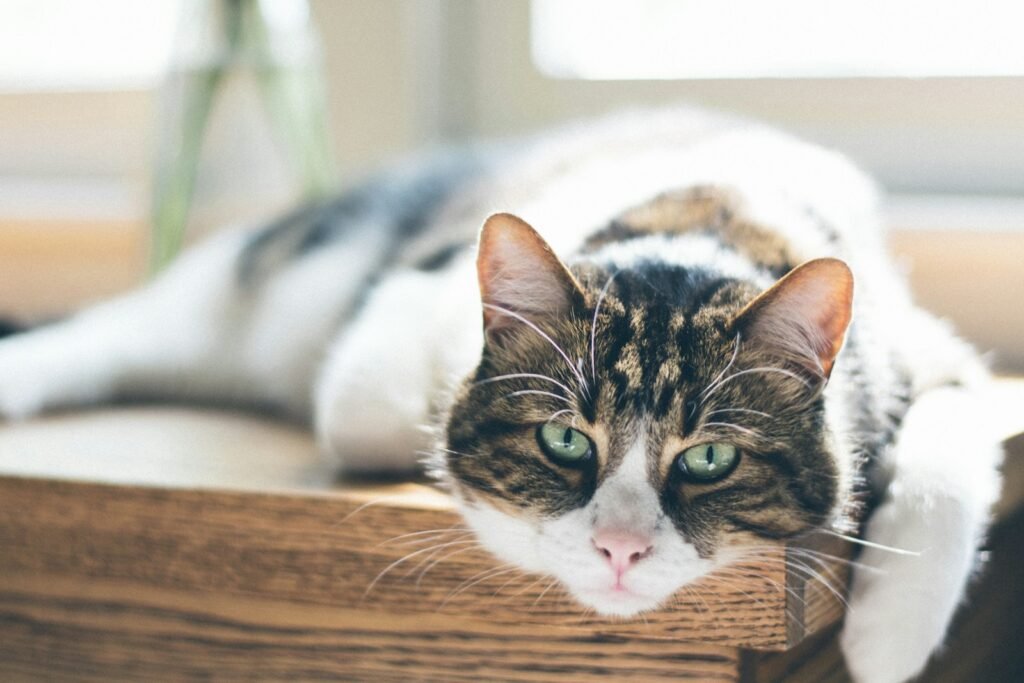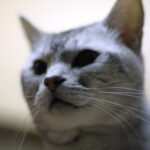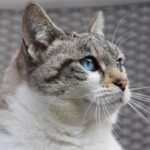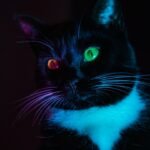Cats possess some of the most fascinating visual systems in the animal kingdom. Their eyes are remarkably large relative to their head size, which allows them to receive as much light as possible. This unique trait is an adaptation to their nocturnal hunting lifestyle, as cats are primarily crepuscular predators, most active during dawn and dusk.
Evolutionary Traits for Nocturnal Hunting

Cat eyes have evolved over millions of years to facilitate their roles as skilled hunters in low-light conditions. This evolution has led to several specialized adaptations, such as a greater number of rod cells, which are more sensitive to light and motion compared to cones, allowing cats to see better in dim conditions.
The Role of Tapetum Lucidum

One of the most striking features of a cat’s eye is the tapetum lucidum, a layer of reflective cells situated behind the retina. This layer acts as a mirror, reflecting light that passes through the retina back into the eye, effectively increasing the light available to photoreceptors. This adaptation enables cats to maximize their vision in the dark.
Color Perception in Cats

Cats are often thought to be colorblind, but they can see a limited range of colors. They have fewer cone cells, which detect color, compared to humans. Cats see blue and green hues more distinctly but struggle with reds and pinks. Compared to many other animals, their color vision is somewhat muted, but it is adequate for their needs in low light.
Depth Perception and Close-Up Focus

Cats have a remarkable ability to judge distances, an essential skill when stalking or pouncing on prey. Their forward-facing eyes allow for good binocular vision, necessary for depth perception. However, their ability to focus on close objects is not as strong as in humans, as their eyes are adapted to detect motion at a distance rather than scrutinize near objects.
Comparisons with Other Predators: Dogs

When comparing cats’ eyesight to that of dogs, we find notable differences. Dogs have dichromatic vision similar to cats but rely more on their sense of smell rather than sight. While dogs have a larger field of view, cats have superior night vision and depth perception, aligning with their predation styles—cats as silent hunters and dogs as pack predators.
Eagles: The Apex of Daylight Vision

In contrast, birds of prey like eagles exhibit eyesight that outmatches many terrestrial animals. Eagles have extraordinarily acute vision, seeing four to five times further than humans can. They have a high density of photoreceptors and a larger fovea, allowing them to spot small animals from extreme distances—a vital feature for their hunting needs during daylight.
Comparisons with Snakes: Heat Sensing

Some snake species possess another fascinating adaptation in their vision: the ability to detect infrared radiation. Pit vipers, for example, have specialized pits that sense heat, providing them with a thermal map of their surroundings. This is a stark contrast to cats, whose sight is geared toward low light visibility rather than thermal detection.
How Cat Vision Evolves with Age

Like many animals, a cat’s eyesight changes as they age. Kittens are born with closed eyes and develop their full visual capacity over the first few months of life. As cats age, they can experience vision degradation, just like humans. Cataracts, retinal detachment, and other age-related conditions can impair a cat’s eyesight over time.
Conclusion: Mastery of the Nocturnal World

While cats may not possess the all-encompassing visual prowess of eagles or the heat-sensing capabilities of snakes, their eyes are masterfully adapted for life as nocturnal predators. Their ability to see in low-light conditions, paired with acute motion detection and depth perception, makes them efficient hunters. This evolutionary journey of cat eyesight reveals much about how nature adapts to the diverse ecological niches in the animal kingdom.

Growing up traveling and experiencing new cultures and wonders, I have had a passion for nature, adventuring, photography, and videography. I am currently working towards a BSc in Biodiversity and Ecology at Stellenbosch University, and I hope to specialise in Marine Sciences one day.
Please send any feedback to Feedback@animalsaroundtheglobe.com






